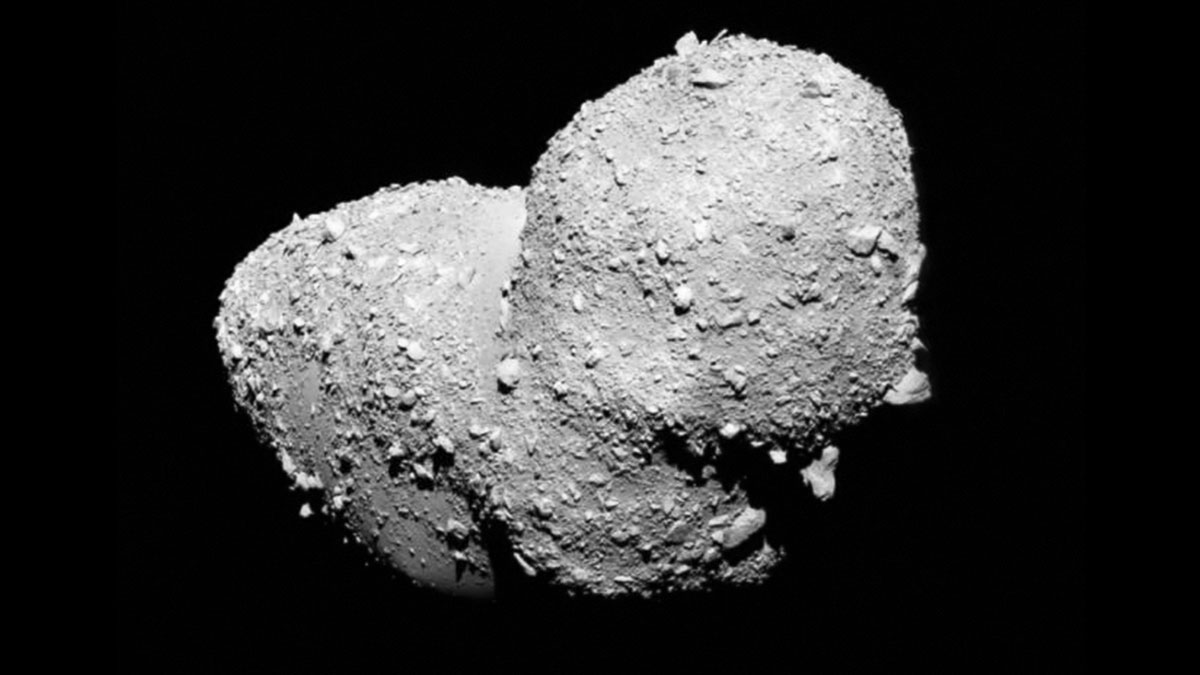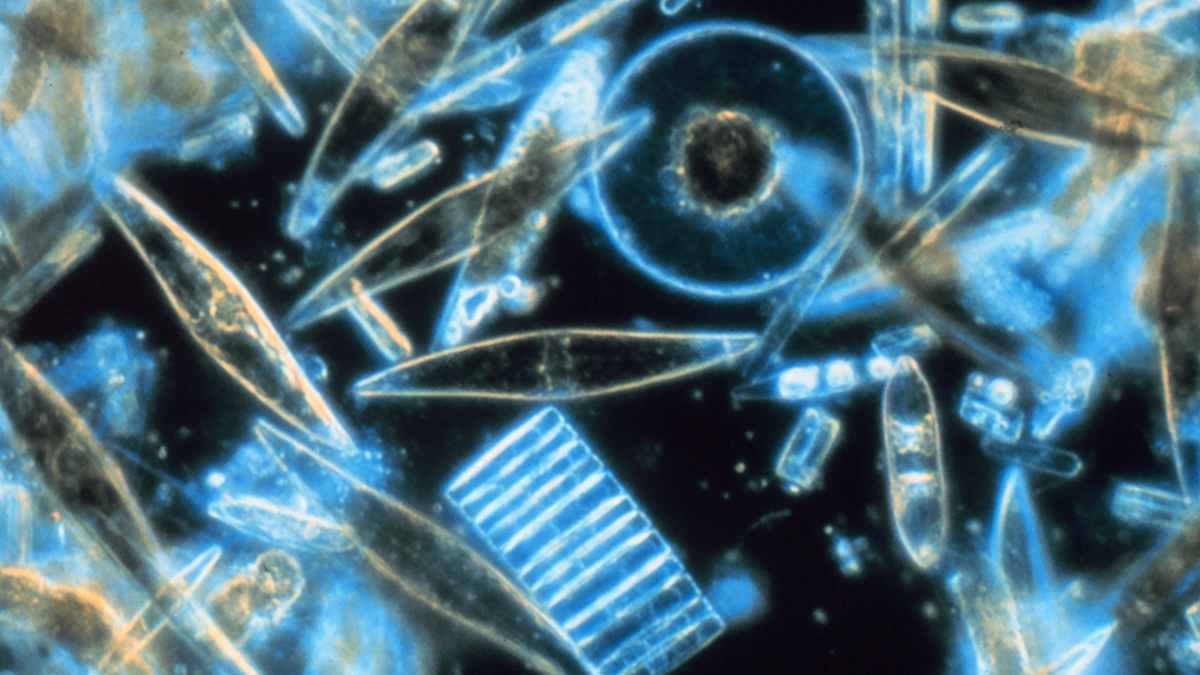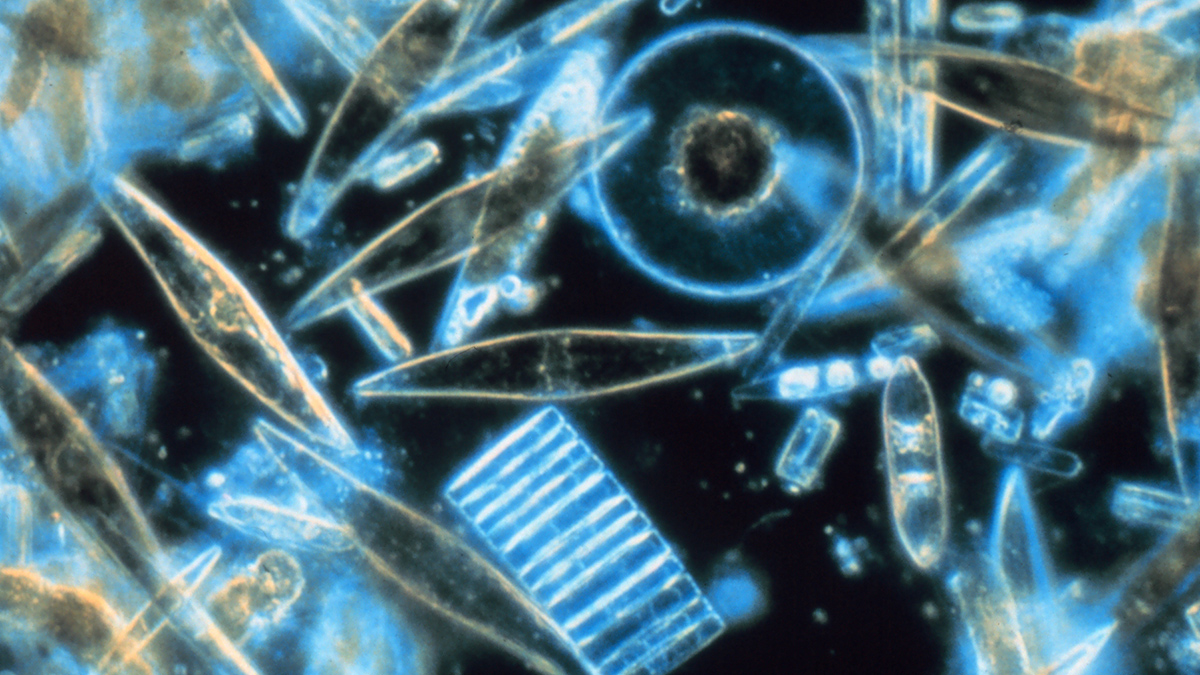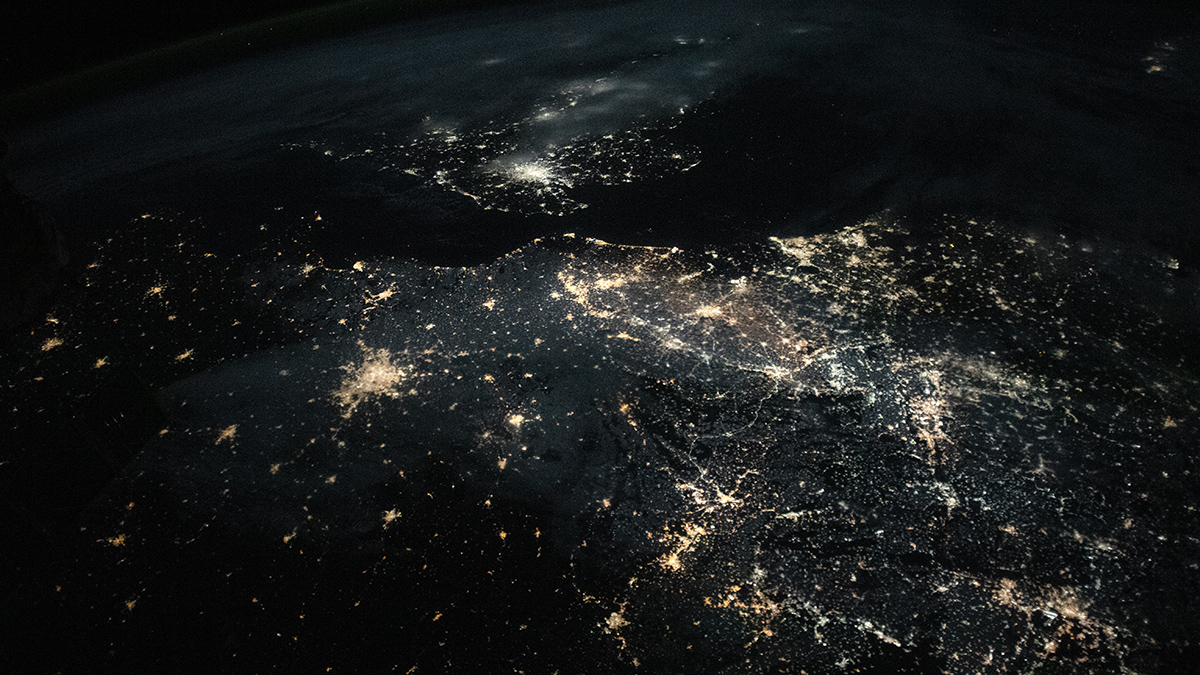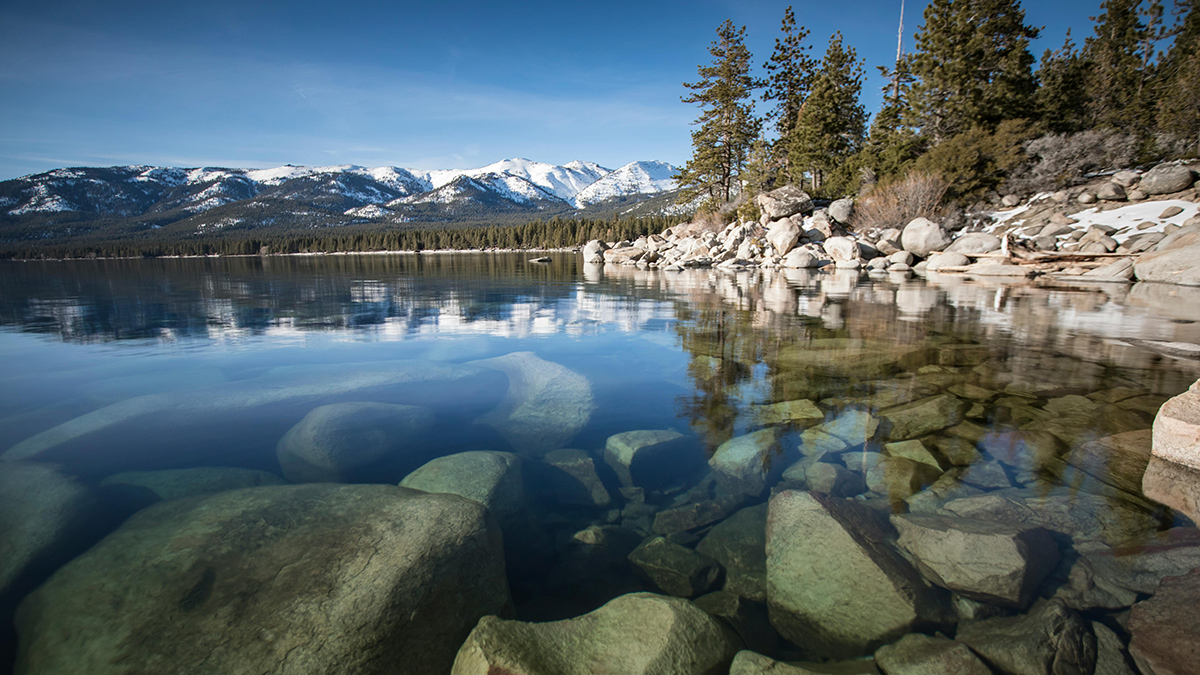Data from the Gaia space observatory reveal that many slowly spinning asteroids rotate chaotically. A new theory links that chaos to their inner structure and history.
light
Mysteriously Bright Waters near Antarctica Explained
Shiny-shelled diatoms make a remote part of the Southern Ocean appear especially reflective in satellite imagery.
Artificial Light Lengthens the Urban Growing Season
New research shows that artificial light at night lengthens the plant growing season in cities, overshadowing the effect of high urban temperatures.
How Plants Respond to Scattered Sunlight
A new study investigates how diffuse light affects evapotranspiration and carbon uptake across forest, grassland, shrub, and agricultural areas.
Precipitation Extremes Drive Swings in Lake Tahoe’s UV Exposure
An 18-year study reveals dramatic year-to-year variations in ultraviolet radiation penetration tied to Sierra Nevada precipitation cycles.
Bringing Climate Change’s Effects on Atmospheric Circulation to Light
A lengthening observational record is being used to test predictions and improve understanding of the mechanisms behind changing circulation.
Air Pollution Could Make It Harder for Bees to Navigate
Fine particulate matter in the atmosphere reduces the degree of polarization of sunlight, which insects use to guide themselves home.
Urban Lights Make Tree Leaves a Tougher Meal for Insects
Two common street trees in Beijing show different responses to artificial light at night, but both grow leaves that are tougher and less toothsome to insects.
Las estrellas lejanas resaltan minilunas en los anillos de Saturno
Al estudiar cómo la luz de las estrellas se atenúa al viajar a través de las partículas de hielo que rodean a Saturno, investigadores han hecho foco en muchas estructuras pequeñas en los famosos anillos del gigante gaseoso.

